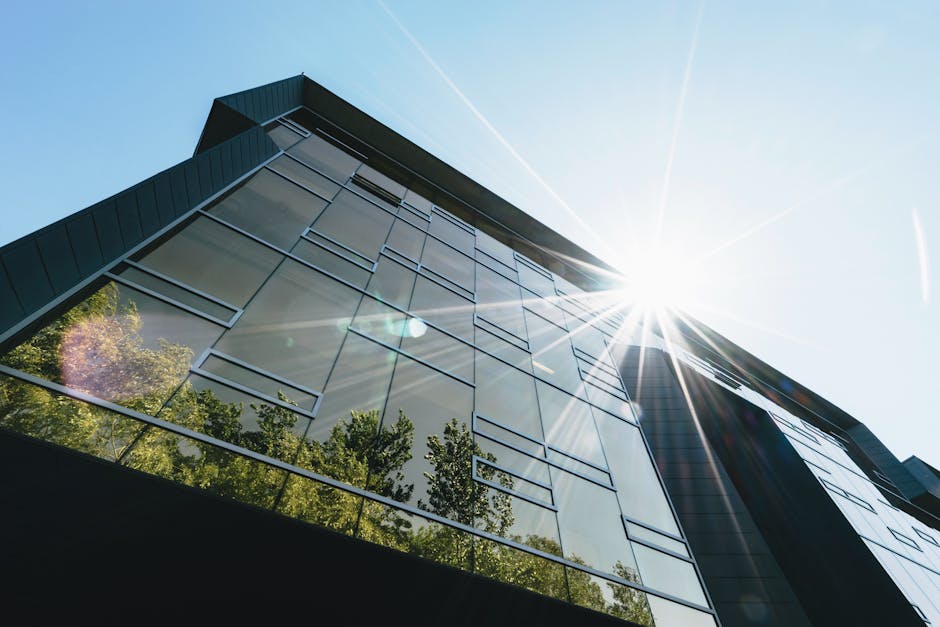
Architectural Conservation and Urban Regeneration
Architectural Conservation and Urban Regeneration
Architectural conservation plays a crucial role in urban regeneration projects. It involves the preservation and restoration of historic buildings and structures, ensuring their continued use and relevance in modern times.
Urban regeneration, on the other hand, focuses on revitalizing and redeveloping urban areas to improve the quality of life for residents and attract investments. It often involves the transformation of unused or dilapidated spaces into vibrant and sustainable communities.
By integrating architectural conservation into urban regeneration plans, we can preserve the unique character and heritage of a place while creating new opportunities for economic growth and social development.
The Importance of Architectural Conservation
Architectural conservation not only safeguards our cultural heritage but also benefits the community in various ways:
- Preserving History: Historic buildings convey stories of the past and reflect the architectural styles and craftsmanship of previous eras. Conserving these structures allows us to connect with our heritage and understand our collective history.
- Creating Identity: Our built environment shapes our collective identity. By conserving iconic buildings and historic neighborhoods, we maintain a sense of place and create landmarks that define our cities.
- Environmental Sustainability: Repurposing existing buildings reduces the need for new construction, minimizing the environmental impact associated with manufacturing new materials and demolishing old structures.
- Economic Growth: Conservation projects can drive tourism and generate local economic activity. Preserved historic areas often attract visitors, who contribute to local businesses and create employment opportunities.
Integrating Conservation into Urban Regeneration
When planning urban regeneration projects, it is essential to incorporate architectural conservation principles:
- Historic Building Retention: Identify and protect significant historic buildings that add value to the urban fabric. Renovating and upgrading these structures instead of demolishing them helps preserve the local heritage.
- Sensitive Development: Ensure that any new construction within the regeneration area respects the existing architectural context. Harmonize new designs with the historic environment to maintain visual coherence.
- Creative Reuse: Repurpose historic structures for modern uses. Adaptive reuse can transform old factories into hip office spaces or convert heritage homes into unique boutique hotels.
- Public Engagement: Involve the local community and stakeholders in the decision-making process. Their input can provide valuable insights into the historical and cultural significance of buildings, fostering a sense of ownership and pride within the community.
Architectural conservation and urban regeneration go hand in hand, ensuring that our cities evolve while retaining their cultural heritage. By recognizing the value of historic buildings and involving the community, we can create vibrant, sustainable, and inclusive urban environments for generations to come.
Adaptive-reuse
Cultural-heritage
Sustainable-development-
Urban-revitalization- Let's-start-a-new-topic-centered-around-the-keyword-"Historic-preservation-"-Historic-preservation-plays-a-significant-role-in-architectural-conservation-and-urban-regeneration--The-restoration-and-maintenance-of-historic-buildings-not-only-preserve-cultural-heritage-but-also-contribute-to-the-revitalization-of-urban-areas--It-ensures-that-the-architectural-legacy-of-a-city-is-safeguarded-for-future-generations-while-enhancing-the-community's-sense-of-identity-and-pride--Furthermore,-it-often-promotes-sustainable-development-as-adaptive-reuse-of-historic-structures-can-reduce-the-need-for-new-construction-
